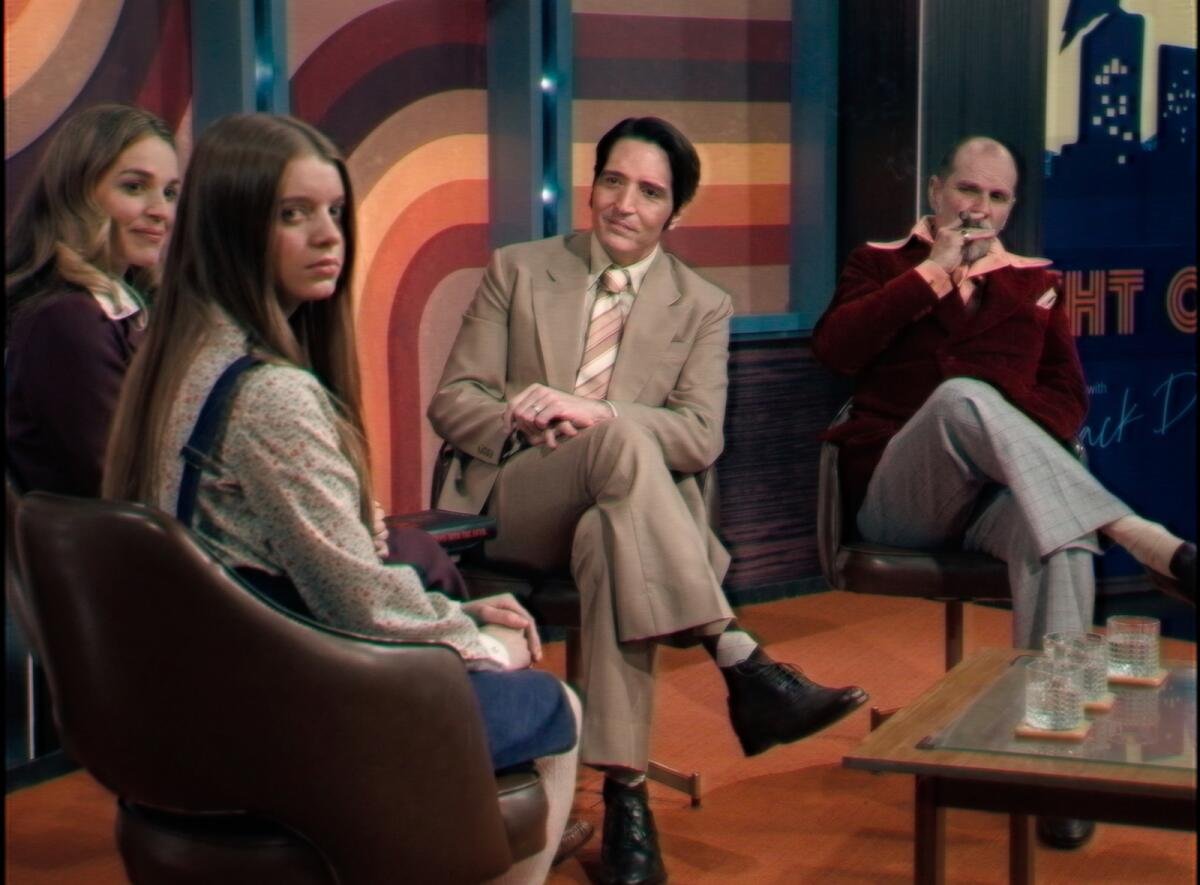Hot Docs 2022: Tolyatti Adrift
Tolyatti Adrift follows three Russian youths over the course of a year in the city of Tolyatti, a former centre of Soviet industry, particularly car manufacturing, now in decline. The film, a Spanish production directed by Laura Sisteró, seems to confirm some common Western conceptions of contemporary Russia, while also highlighting a number of striking parallels between Tolyatti and the deindustrialized regions of Western Europe and North America. What is perhaps most notable about Tolyatti Adrift, however, is how impressionistic this documentary is. It’s a mood piece, expressing the feelings of the three principal subjects and successfully evoking emotions in the viewer.
The two young men and a young woman we follow seek anchors and direction as they navigate the uncertainties of early adulthood in a city that seems without a future. One has just wrapped up training to be an auto technician, another seeks any job and fears army conscription, and the other works in a kitchen but wants more. The constant background to their concerns about jobs, careers, and future security is malaise, and one that seems intensified by the broken-down state of the city they inhabit. The chillwave electronic score, which only appears when the youth are in their old Lada cars, driving “drift” style, is a major contributor to the film’s effective atmosphere.
Through title cards and some old promotional footage, we learn early on that Tolyatti was largely built in the 1960s, after the Soviet government selected the city to build the major VAZ auto factory, making Lada/Zhiguli cars (in a joint venture with Fiat).
Although Tolyatti Adrift is a documentary, it could pass as a low-key fictional indie drama for both the narrative it tells and its styles of camera work and editing. Camera set-ups and scenarios suggest some scripting and staging or at least foreknowledge, rather than fly-on-the-wall capture of unforeseen events. As well, at times I would have liked a bit more information to clarify things and explain aspects of Russian history and contemporary society.
As the doc’s promotional material notes, Tolyatti could be described as the Russian Detroit. Much of the city appears to be in ruins or, at the very least, rundown. At the same time, I was struck by how much the film made me think about George Lucas’s American Graffiti (1973), set in a small town in California, about youth on the cusp of becoming full adults and their car culture, which provides them with senses of freedom and meaning amid their boring, limbo-like environment and circumstances.
At the same time, in spite of the parallels that can be drawn between Russia and the West, it’s worth noting that this is not a Russian film, and thus the documentary still approaches its subjects with an ethnographic eye. Parts of the film exhibit the Western tendency to portray Russia as the “anti-exotic,” depicting Russia as strange and foreign in a manner that elicits curiosity but not attraction. Instead of the striking colour and vibrancy of the exotic, we are shown drabness, ruins, winter, grey.
The film intriguingly speculates, through the grandfather of one of the young men, that the former Soviet regime, being more collectivist, provided meaning for the people’s lives that is now largely absent. While documentaries like Adam Curtis’s HyperNormalisation (2016) might present a counter-argument (suggesting the total emptiness and fakeness of the former regime, especially in its late stages), it’s worth noting that Russia seems to be dealing with the second round of the collapse/destruction of a worldview: first with the Communist revolution over the Tsarist civilization, and then after the Soviet regime’s collapse. In the margins, the film invites us to see connections between the collapse of whole political and social systems and young people’s capacity to find meaning and purpose.
The film’s title, Tolyatti Adrift, connects the youths’ lack of meaning and purpose with the “drift” driving technique and car culture. This connection is crystalized in dialogue late in the film spoken by one of the young men, who describes the appeal of “drift” as a way to deal with fears of chaos, as the chaos of driving is partially controlled by steering against the drift. Drifting not only appears to invoke such feelings in the youth participating, but drifting is also used in the film, in combination with the score, to elicit those feelings in the audience. This is a documentary that is foremost not about conveying objective information, but rather a subjective perspective on the lives of youth in this Russian city. In that, Tolyatti Adrift is successful as an impressionistic portrait of three lives amid the landscape of contemporary urban Russia.
7 out of 10
Tolyatti Adrift (2022, Spain)
Directed by Laura Sisteró.



Bertrand Bonello’s The Beast starring Lea Seydoux and George MacKay is a fascinating, messy film that imagines a captivating romance and an intriguing, if not entirely credible, future.